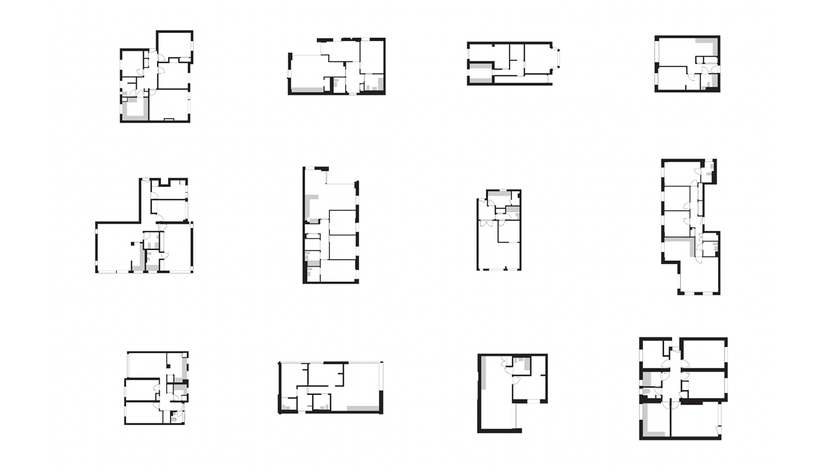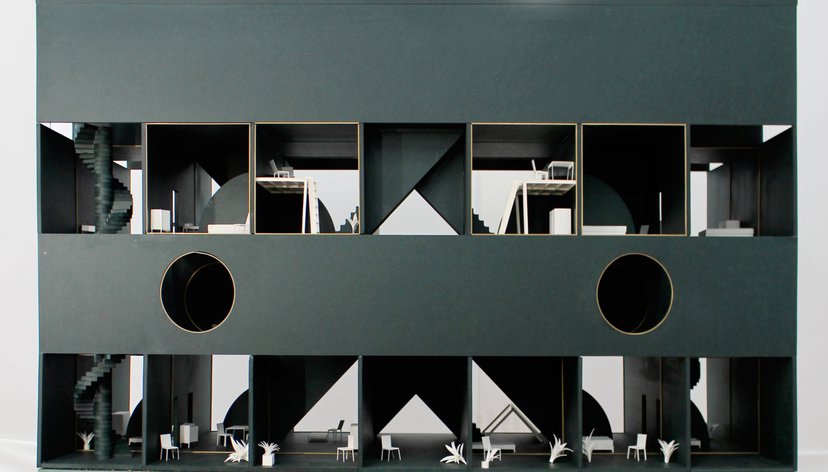
A study of how home use, lived experiences, and future housing expectations changed during the Covid-19 pandemic for London residents.
At a glance
- Home use and lived experience during the pandemic in 2021 were studied through an online survey (n = 1,250) and in-depth interviews (n = 50) with London residents.
- Study of how spending more time at home during the lockdowns changed perceptions of housing design and quality as well as future housing expectations.
- New insights into how design-related housing aspects such as environmental comfort, the agency to make changes to a home, notions of privacy and security, and a lack of space affect the wellbeing of occupants.
- Evidence that architectural design plays an important role in lived experiences and subjective perceptions of the home, creating a greater need to regulate housing design.
Key details
More information
The challenge
Even before the pandemic, Europeans spent approximately 90% of their lives indoors with 60% of this in their homes. Despite widespread consensus that the home is critical to its occupants’ health and wellbeing, there is a surprising lack of solid evidence on how the design, quality, size, and layout of the home relates to the lived experience of, and satisfaction with, existing housing and how this shapes future housing expectation.
Coovid-19 lockdowns led to a reassessment of housing conditions and has heightened awareness of how housing design and quality can dramatically impact the mental and physical wellbeing of an individual. During the first national lockdown, 31% of adults in Britain experienced mental or physical health problems due to their housing conditions. Adding to existing housing problems, long-term demographic changes, and failures in building safety and design standards, the pandemic has exacerbated existing housing inequalities.
While housing quality has become a topical issue, the value of architectural design beyond meeting space standards and creating environmental comfort or a pleasing appearance is not well defined. This is most visibly around space provision and quality of housing amenities.
An online survey and in-depth interviews interrogate the use and perception of the quality and design of domestic interiors by occupants and how this has been affected by the pandemic. It also explores how satisfied occupants are with their home and its design, what criteria they use to define well-designed housing, and what their current and future housing expectations are.
Our approach
We conducted an online survey (n = 1,250) and in-depth interviews (n = 50) with residents living in London. The survey and the interviews took place during the phased exit from the third national lockdown in England (March to May 2021). Although still mostly confined to their homes, participants were feeling hopeful in anticipation of workplaces, services, schools, and amenities reopening soon.
Participants were asked about the dwelling and survey respondent context, the provision and layout of a dwelling, indoor comfort, dwelling design, the experience of the home and its use during Covid-19, and future housing expectations.
Activities
Based on the online survey, respondents spent on average 22–23 hours a day at home during the lockdowns, compared to only 13-14 hours prior, which meant that, for 68% of respondents Covid-19 changed how they and their household used their homes during a typical day. The survey found that a quarter of all dwellings and at least one room in a third of homes were deemed too small and failed to meet all needs of their occupants.
Covid-19 has revealed the impact of differences in available space per person depending on tenure and demographics. In the interviews, ownership rates and access to private outdoor space was significantly higher in participants 55 years or older compared to those 25–34. Younger people had less space available to them than those from older age groups. This was also visible in the survey, where renters with a shortage of space and poorly maintained or designed homes suffered most.
As the survey found, 37.9% of respondents reported that their wellbeing was affected by housing conditions. Some of the factors that affected people’s wellbeing were environmental comfort, the agency to make changes to a home, notions of privacy and security, and a lack of space. This reveals how changes in domestic use and future housing preferences might have a long-term impact on dwelling design.
Outputs
Alonso, L., & Jacoby, S. (2022). The impact of housing design and quality on wellbeing: lived experiences of the home during COVID-19 in London. Cities & Health, 1–13. https://doi.org/10.1080/23748834.2022.2103391
Jacoby, S. & Alonso, L. (2022) Home Use and Experience during COVID-19 in London: Problems of Housing Quality and Design. Sustainability, 14(9), 5355.
https://doi.org/10.3390/su14095355
Royal College of Art (2021). The Home, the Household, and Covid-19. Evidence provided to Commission on Creating Healthy Cities Global Centre on Healthcare and Urbanisation, Kellogg College.
https://www.healthycitiescommission.org/submissions-for-call-for-evidence/
Survey results: https://ldml.org/home-use-survey/
Ask a question
Find out more about the Future Cities Laboratory for Design and Machine Learning











